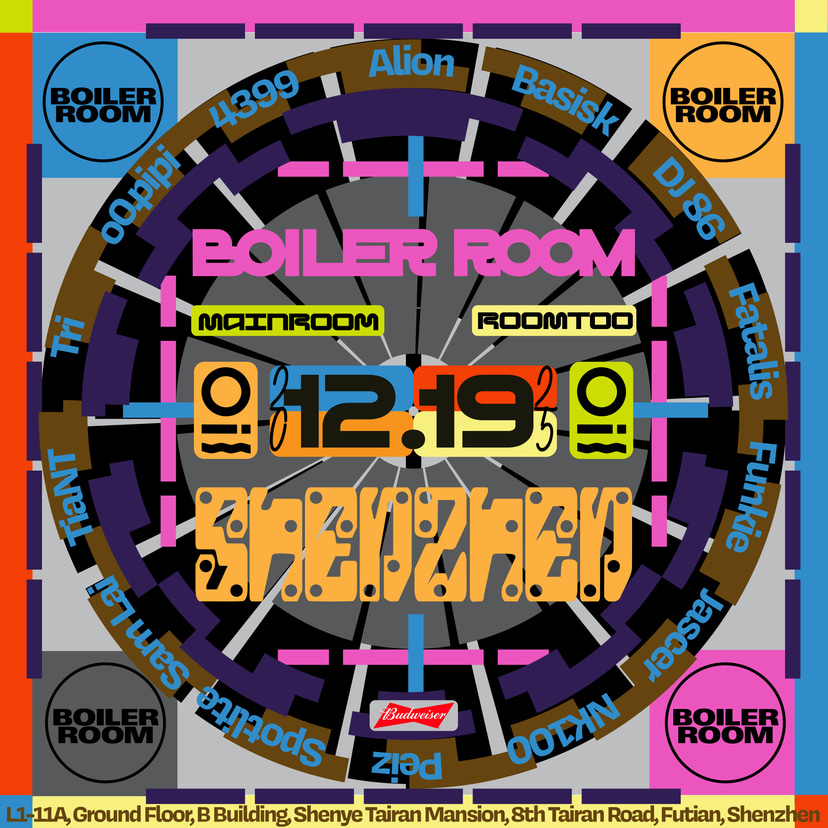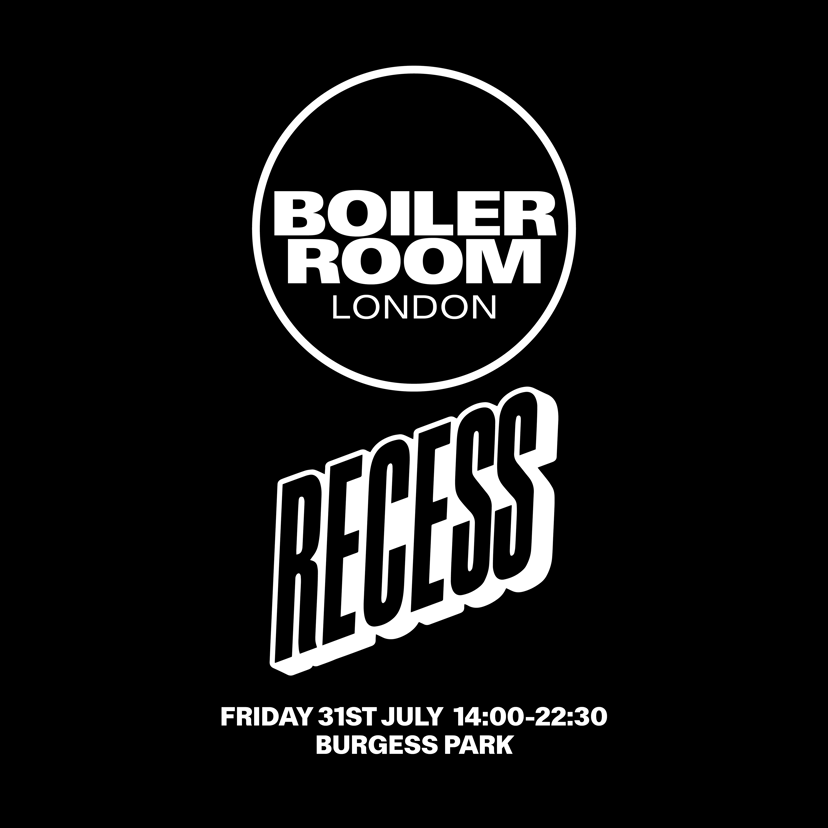
Sawt Syria: a multitude of musical conditions
One would imagine that unlike other locations, filming a Syria Boiler Room was no easy feat.
The brutal post civil-war realities have made it so that millions of Syrians have been scattered between Syria, the Middle East and exiled across Europe. Sadaa Sound Syndicate, a cross-border group of “self-organized Syrians who are attuned to the agential possibilities of sound, have collaborated with Boiler Room in this editorial dive into the inner-worlds of the underground music scene within Syria and its exilic diaspora in Europe, with a two part broadcast; Damascus and Berlin. The broadcasts showcase a presentation of Syrian DJs and producers of contemporary club culture, rap and Shaabi sounds captured in the spring/summer of 2022. Hailing from different parts of Syria including Damascus and Aleppo, the musicians include Stash, Boshoco, Walashi, Yara M, MH-D, Saadé, Bu Kolthoum, Jundi Majhul, Tamman, Malkom, Abu Muhammad, Ebn Hoari, LazerGazer, Noise Diva, C1 Collective, Hello Psychaleppo, NÚRIA and Rizan Said.
_NOISEDIVA.jpg)
Accompanying the broadcast, in an attempt to demystify the complex conditionality that being a musician in Syria and the diaspora represents comes the two-part essay film. The film, shot in the spring/summer of 2022, is divided into two parts, ‘Motherland’ and ‘Exile (Europe)’ each of which attempt to represent the non-uniform positionality of the Syrian musician at home and in the diaspora. It attempts to show their “musicking as a practice of metamorphosis; a mode of meaning-making and communication,” according to the press release accompanying the film, which features widely recognized Syrian musicians who collectively make up the regionally celebrated Syrian music scene.
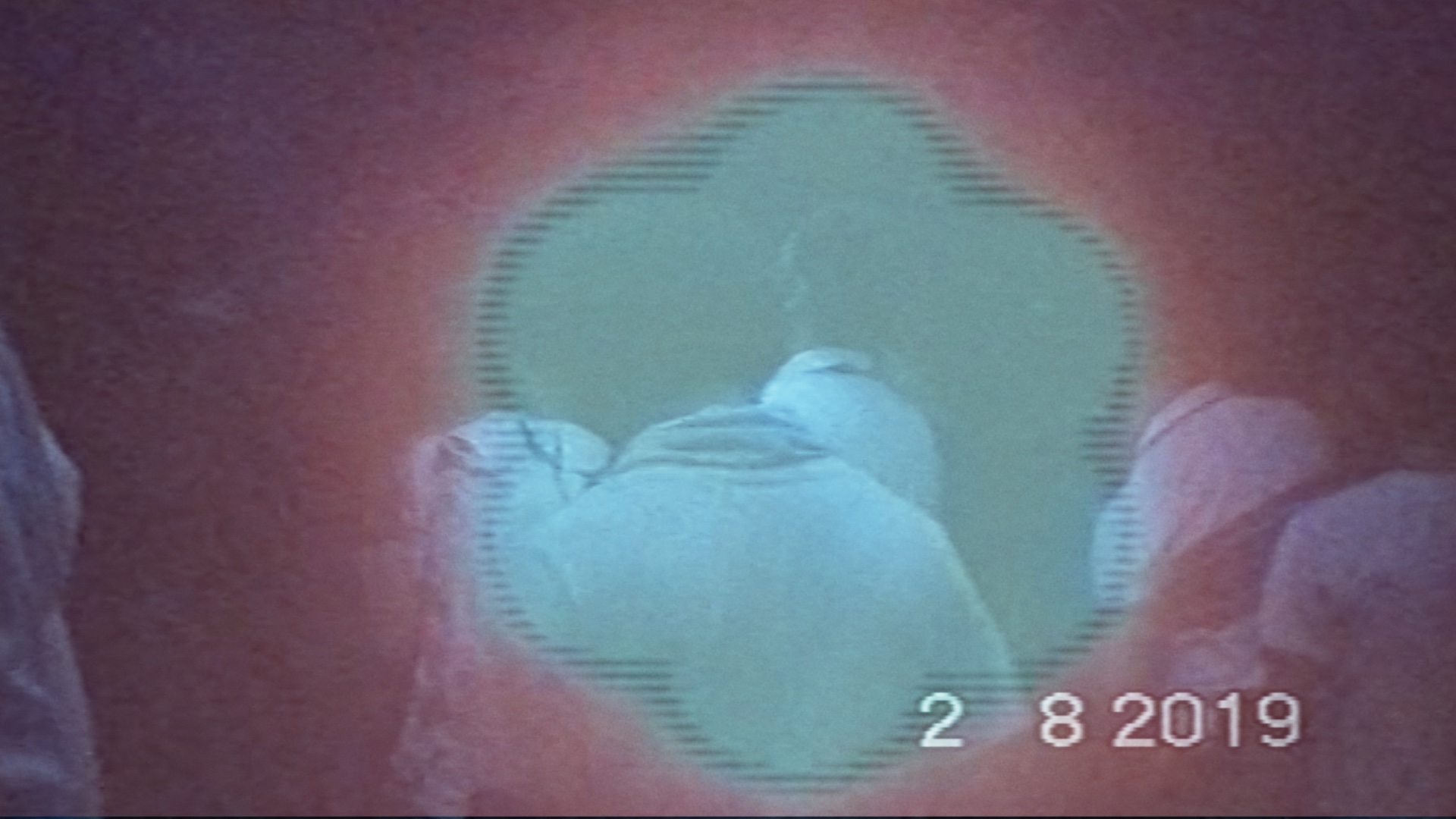
Filmmakers and Sadaa Sound Syndicate members Yamen Mekdad and Juline Hadaya’s approach to this project insisted on it being a collaborative effort. “We made it a point to solely work with our friends, peers and comrades on this. We felt it was crucial to engage our community in all aspects from the programming to the production crew,” they state in the press release. With a limited budget and the hardship that comes with filming in several locations including in Syria, they still insisted on consulting with colleagues and comrades throughout the project’s editorial and production process to ensure the project reflects its transnational element and deviate from the fixed narratives that surround discourse around Syria.
Sawt Syria, meaning the sound of Syria, according to Sadaa Sound Syndicate is a “meditation on the abjection and joy that shape the condition of the Syrian musician in the aftermath of a decade of war and dispersion, and the place of music in reckoning and striving for life. It explores electronic music-making and the dance floor as a connector and forger of a singular Syrian experience, as well as a tool for musicians and audiences to mount a politics of difference.”
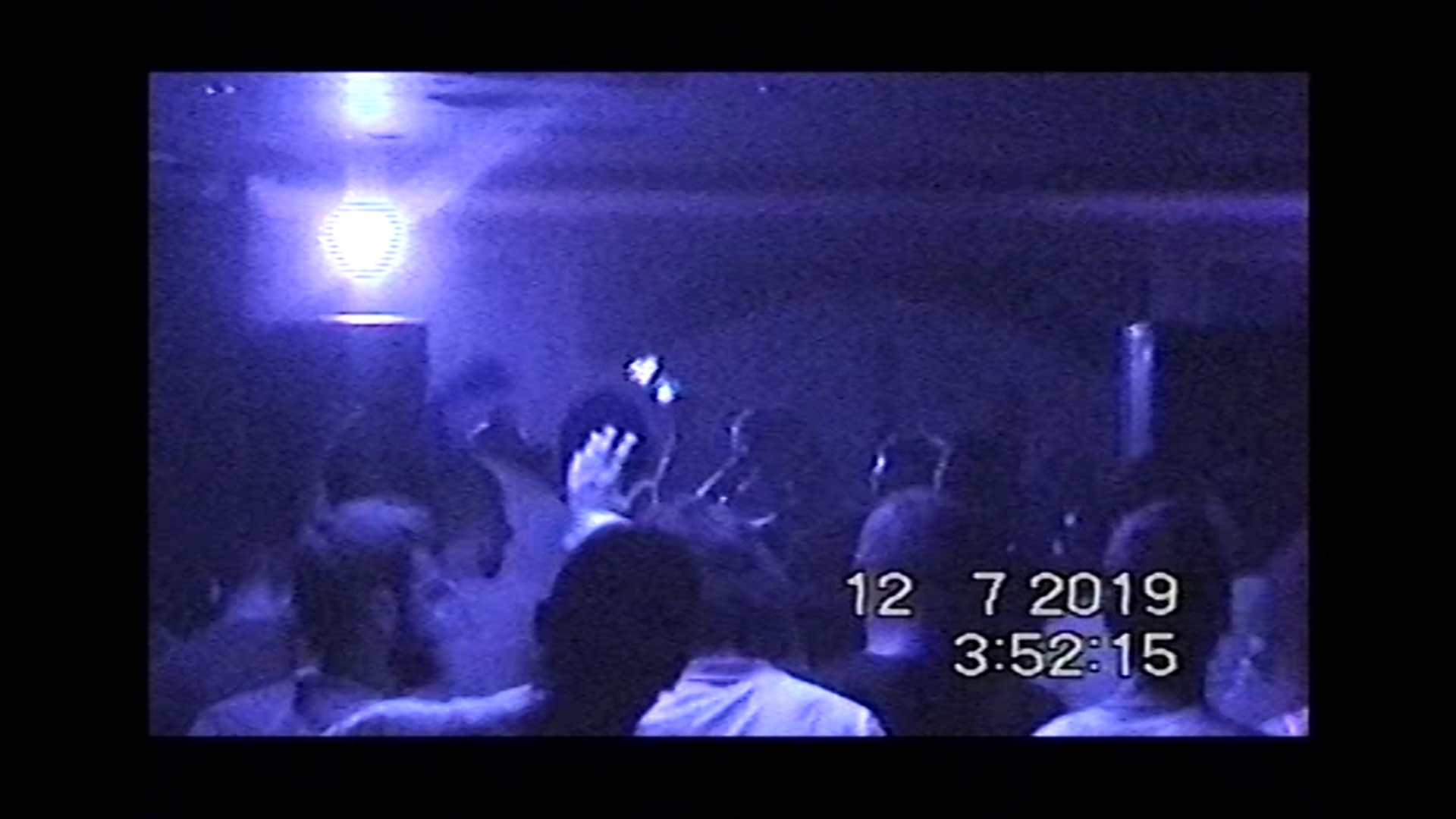
In the video-essays, the musicians take turns defining the experience of being a Syrian musician in Syria or as a Syrian in the diaspora in their own words, uninterrupted by any obvious narrativization, analysis or direct editorializing from the filmmakers, a conscious choice maybe given the sensitivity of the topic at hand was to have the artists represent themselves. In that sense the editorializing was shaped from the order of the responses, which nudges the viewer to make their own conclusions with a slight hand.
Despite a significant agreement from the musicians on the universality of the Syrian experience, the viewer can still make out a marked difference between the first and the second part in terms of translating or transposing the importance of music, and the exact role that music plays in the current post-war Syrian context over the past 10 years or so. The film serves to provide a platform for the artists to explore how their practice informs the ways in which they see themselves and the world they inhabit, through the sole vantage point of music. Mahdi paints an image of “discharging trauma” on the dancefloors of makeshift underground locations in Damascus. For Qusay, “if there's a society on this Earth that does not experience joy nor dance, then this society will cease to exist.”
_STILL_RAIN.jpg)
The ‘Motherland’ segment is mostly shot indoors, privately with the musicians accompanied by brief interludes featuring quick glimpses of Damascus which (contrary to the picture many analysts paint) still stands intact: buzzing with daily activities which evoke the long and storied history of this great capital of the Arab world. This is of course not to undermine the very tangible destruction that has been wrought as a result of the war, affecting many facets of Syrian life politically, economically and socially. However, the broadcast and the video-essays aim to show a picture of Syria and Syrians outside of its war without downplaying its reality.
Interspersed between furtive shots of the street and interviews appear shots of partygoers surrounding a DJ, in DIY underground venues, producing a snapshot of a thriving nightlife that is complemented by the artists’ accounts of their own version of what it represents.
_ELAYN_SAMARA_H.jpg)
Despite the marked absence of obvious narrativization, the interviews with the six Syria-based artists (four of which have now since left) work with the extensive documentation of nightlife to challenge the idea that Syria is merely an active warzone. The musicians interviewed oscillated between contending with the reality of the music scene as either a space for catharsis and escapism or a space for creative organizing and community building, but all inadvertently communicated a sense of pride, familiarity and community in the underground music scene.
Where you wouldn’t necessarily link electronic music with politics in most places, in Syria it definitely takes a political turn, if you are a musician in this part of the world, you do not have the luxury of operating outside of politics. “Electronic music parties are like a pressure cooker being released. In Syria, it felt like the pressure cooker had been cooking for too long,” said Boshoco, describing what it was like to be part of the underground music scene in Syria in the midst of political turmoil. Similarly, Saade commented that “It reached a point where you’d ask yourself, ‘what’s the worst that can happen? Nothing mattered anymore. There was some kind of restlessness for sure .. ‘whatever happens, happens’ sort of attitude,” reflecting that even within a perceived escapism, there was still consciousness.
_RAVE_5.jpg)
‘Exile (Europe)’ shot between Amsterdam and Berlin, tells a similar yet markedly different story. The interviews conducted with four artists and two collectives reflects a kind of diasporic grappling with the realities they experience away from home as they seek to forge their way in the music scenes of their respective cities, separate from, yet still tied to their Syrian identities, simultaneously ruptured from yet still attempting to connect to Syria. Music in that sense becomes an outlet when contending with the reality of being a Syrian in exile becomes too much.
A standout moment in the film is towards the end when Noise Diva reflects on that difficulty, looks at the camera and delivers a heartfelt message saying, “I want to tell those who are still in Syria, they should know we are not so well over here.. We’re also struggling a lot.. To be Syrian is difficult anywhere in the world,” as she recounts the inability to properly mourn the loss of a loved one in Syria and the rejection of her parents residence permit in the Netherlands.
_PSYCHALEPPO.jpg)
Trying to reconcile with the abrupt departure from the past, and adjust to the new realities, the diasporic musicians seek healing and connection in both the creation of and the performance of music, and in so doing trying to create a new home in Europe. An attempt that is becoming all the more ironic with the treatment that Arabs have received since October, and the Orwellian crackdowns on freedom of expression - specifically in Germany where approximately 1 million Syrians reside - as a response to protestations against Israel’s most recent brutal onslaught of Gaza. One would be curious how different this segment would be if it was filmed post-October 2023.
Despite the film being divided into two parts it does not lend itself to falling into easy binaries of a uniform motherland perspective vs. a diasporic perspective, in fact, the division only serves to complexify the Syrian condition and move outside of the usual fixed narratives. The nuance is made manifest precisely with the decision to divide the film into two parts.
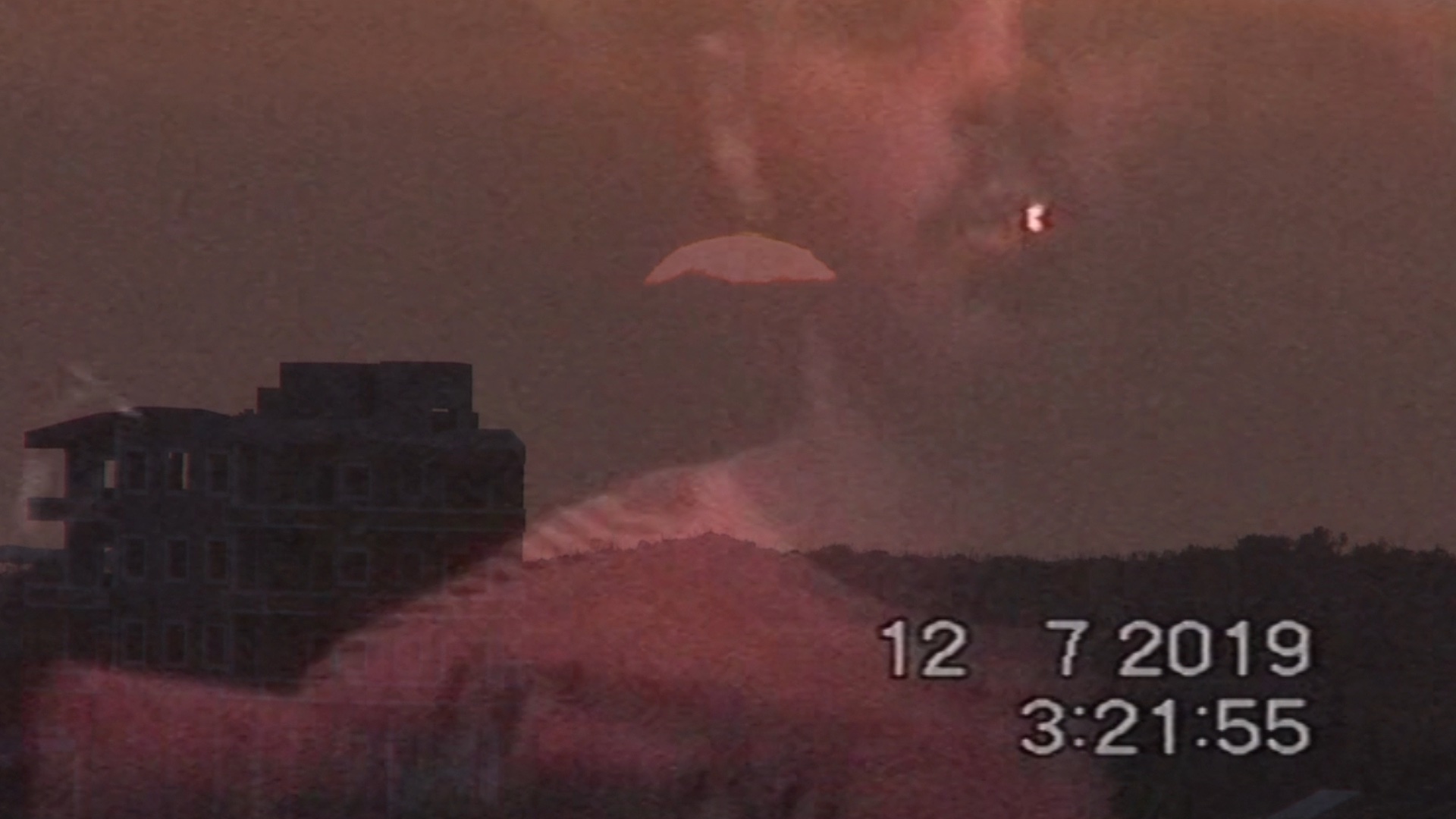
Unlike other underground music scenes, the Syrian one is fraught with politics, not necessarily by choice, if anything it simply reflects the Syrian conditionality. Despite the lack of a clear uniformity in opinion, the one universalizing signifier between the artists is that throughout the film, speaking about their efforts to create community through music, the effort they speak of is always political in nature wittingly or unwittingly, whether it is a rapper speaking or a techno DJ, War, revolution, the events (al-ahdath) are all words in the musicians’ lexicon to describe Syria since 2011.
One thing that becomes particularly evident as these musicians speak on their practices is that, although this piece is very specifically about Syria, the words of these practitioners can be read as a microcosm of the wider experience of being an Arab artist. A Palestinian musician might have a similar relationship to their musicking, albeit for different reasons. If nothing else the universal experience held in common by Arab artists at home and abroad is that of living inside the ongoing violence of imperialism, or under autocratic regimes, this living history being the primary bind which splinters into the specific difficulties present in each artist’s locale. In unpacking their particular context in such a long form and honest format, then, these musicians might have reflected something more universal in the experience of being an Arab artist.
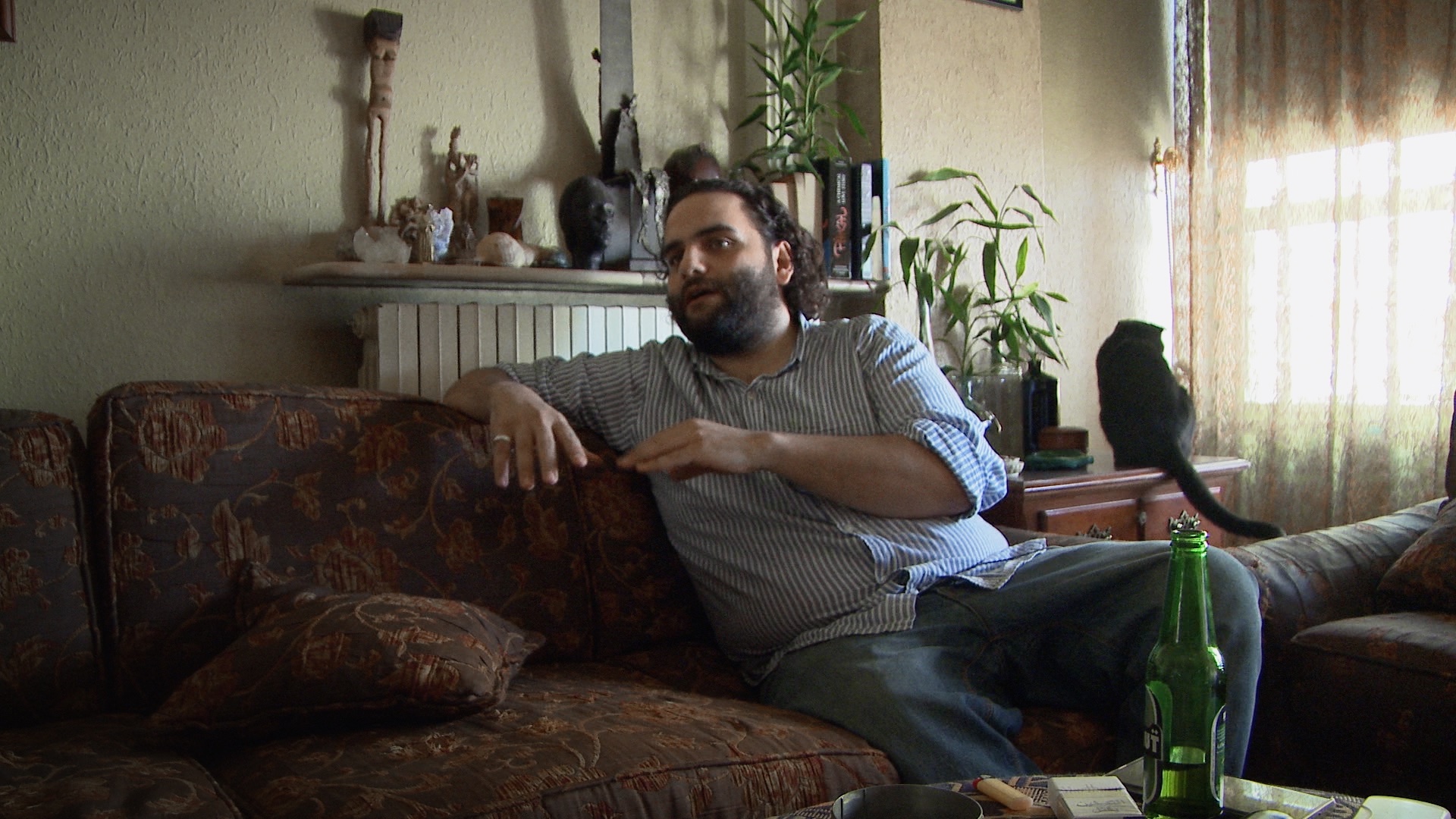
Another trope that the film deftly evades, is that it refuses the artificial siloing of the Syrian scene away from the larger Arab underground scene, which is a trap that the media either consciously or unconsciously often falls into. This is evidenced clearly in the film through its focus on rap and hip-hop, where the focus on the politics is maybe made more manifest than other genres by virtue of its lyrical content and of course the political nature of hip-hop as a genre in and of itself. In the Arab world, the linkages in the rap scene are clear to all its followers, with collaborations between artists from Syria, to Egypt to Palestine to Morocco. Arab rap icon Bu Kulthoum, interviewed in this film speaks to the nature of these linkages and the emergent scene saying, “Hip Hop changed the region. It added to our culture, a mode of expression that did not exist. Because our spaces wrecked and effaced all expression, rap reinstated self expression. It went hand in hand with emergent new modes of thought and culture, Arabic rap fed into this neo movement, which I don’t have a name for, but which I’m very proud of.”
In fact, the Syrian underground scene was starting to flourish around 2011, around the same time that the Egyptian, Jordanian and Lebanese underground scenes were kicking off as well, fate would have it so that this would coincide with the monumental political uprisings in the region, all of this showing that the artificial separation of the cultural spheres in the Arab world abstracts them from their surroundings.
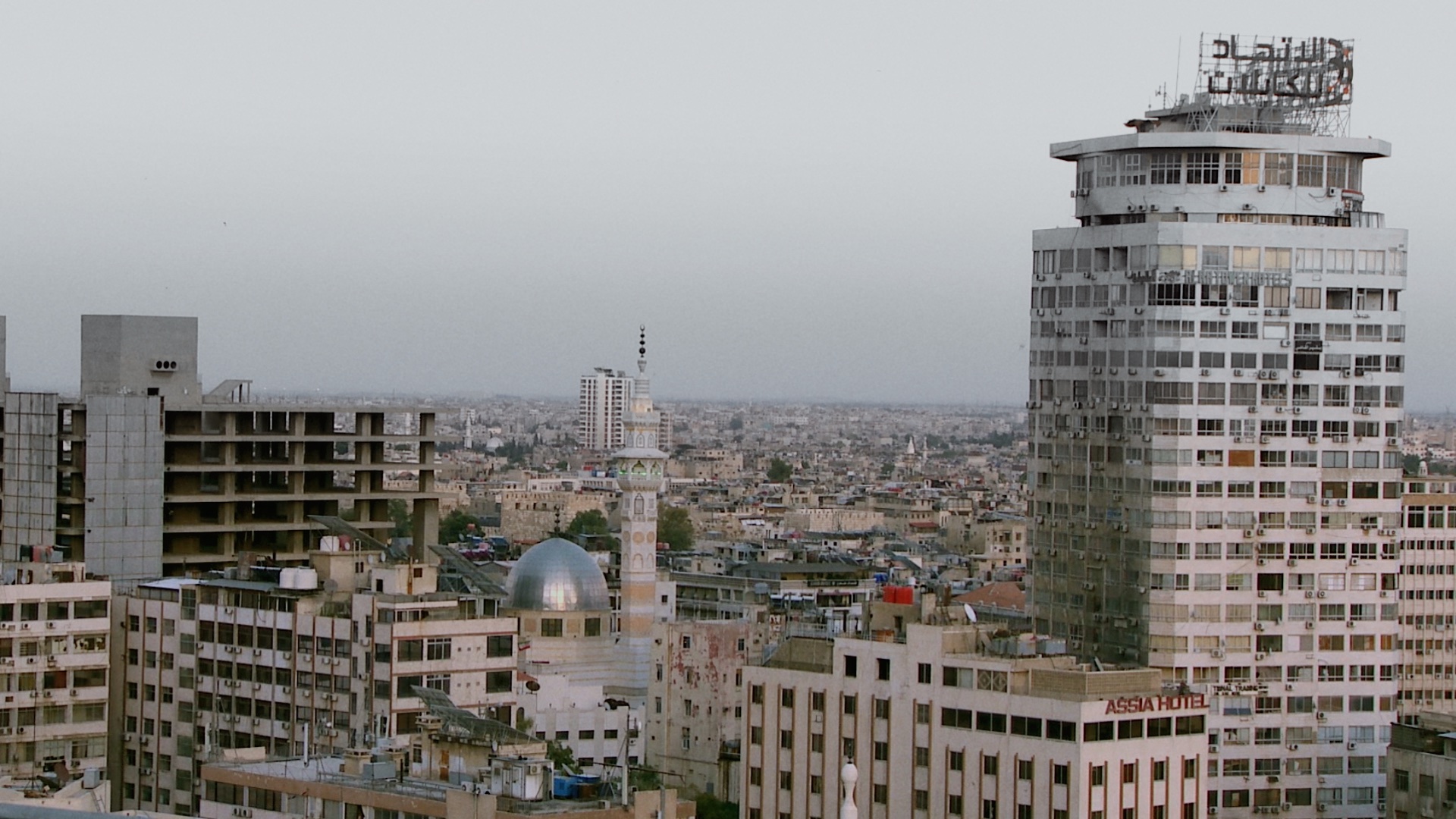
As the filmmakers starkly remind us in the opening titles this film is not meant to gloss over the brutal impact of the country's brutal civil war, nor deny the atrocities, if anything this film is inflected around it. It does however move to subvert a media narrative that has come to flatten the Arab world into a tragic pastiche, defined by the violence that has accompanied over 100 years of colonial intervention into the area. The video-essays remind us that culture has survived and flourished in Syria for millenia, purposely placing the very modern discipline of electronic music in a lineage of artistic endeavor which has both endured and helped people endure the bleakest of circumstances.
_C1.jpg)
One thing that remains clear is that these Syrian musicians have taken it upon themselves to use their music as a medium through which they could respond to a tumultuous decade to say the least, forging new connections and deepening old connections in their respective quests to represent themselves, shapeshifting across new possibilities, without relinquishing their roots.

